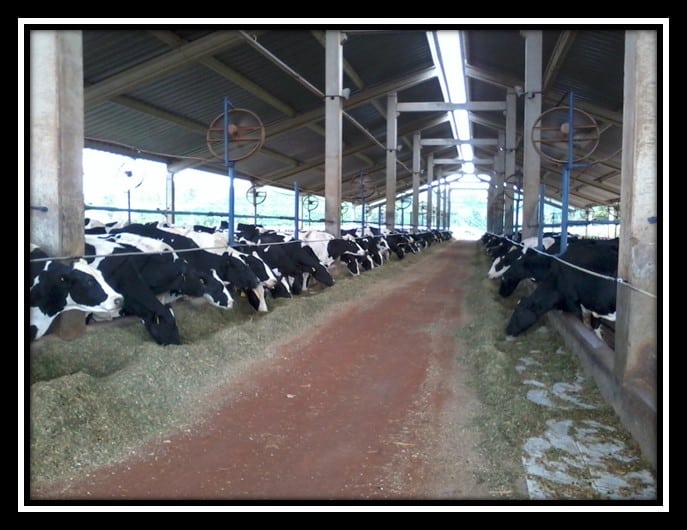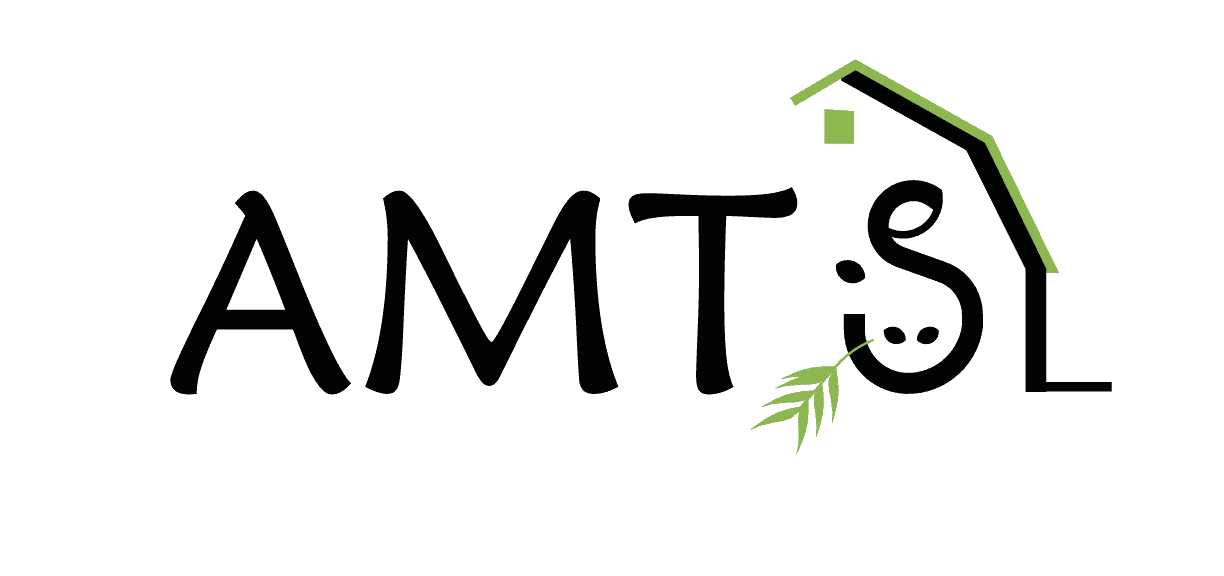This is Part 1 of a two part guest post by Marcos Neves Pereira, Professor Associodo, Universidade Federal de Lavras. Marcos graciously responded to my request for information about his role in cattle farming in Brazil. I will follow up with the second part later this week.
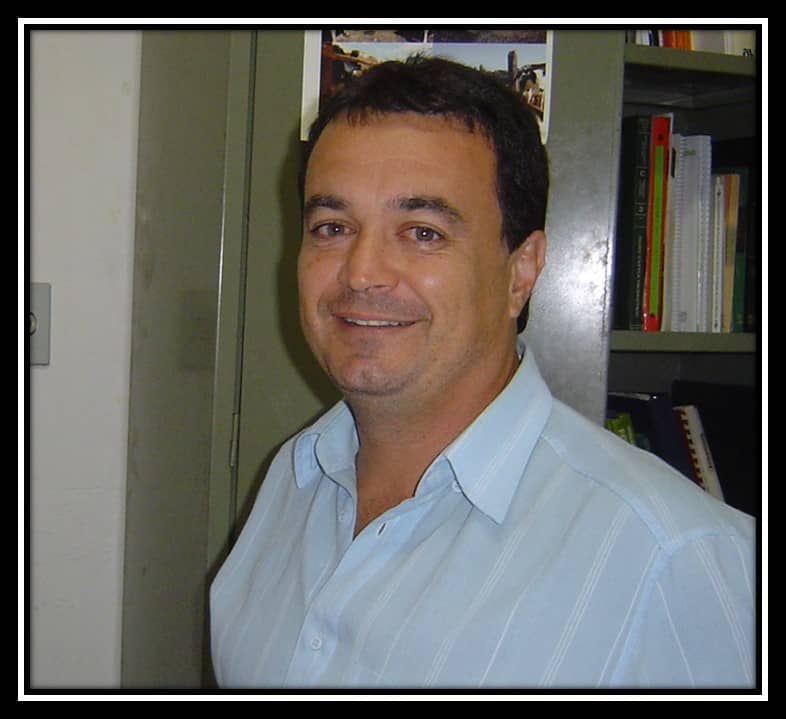
I got degrees in Veterinary Medicine and MS in Animal Production from the Federal University of Minas Gerais (UFMG) and a PhD in Dairy Science (Nutrition) from the University of Wisconsin-Madison. Before starting the doctorate studies, I used to be an autonomous dairy nutrition consultant in Brazil. Nutrition consulting to some “especial” farms is still performed. For the past 15 years, I have been a Dairy Production/Ruminant Nutrition professor at the Federal University of Lavras (UFLA), located in the south region of the Minas Gerais state. My duties include teaching, research, and extension. At UFLA I coordinate “Grupo do Leite”, a gathering of undergraduate and graduate students with focus in Dairy Sciences (www.grupodoleite.com.br). Major research areas include improving efficiency of flint corn based diets, usage of sugarcane for high producing herds, and rumen papillae morphology and VFA absorption. I and my wife (also an animal scientist) own a 50-cow, registered Holstein herd, used for nutrition research (www. holandesflamma.com.br). The Better Nature Research Center continuously evaluates feeding alternatives for the Brazilian dairy industry, financed by private companies or by public funding. I am also a consultant to Brazilian and international animal feed companies. I have dedicated quite some time to extension, what has made me travel throughout Brazil and to other South America countries.
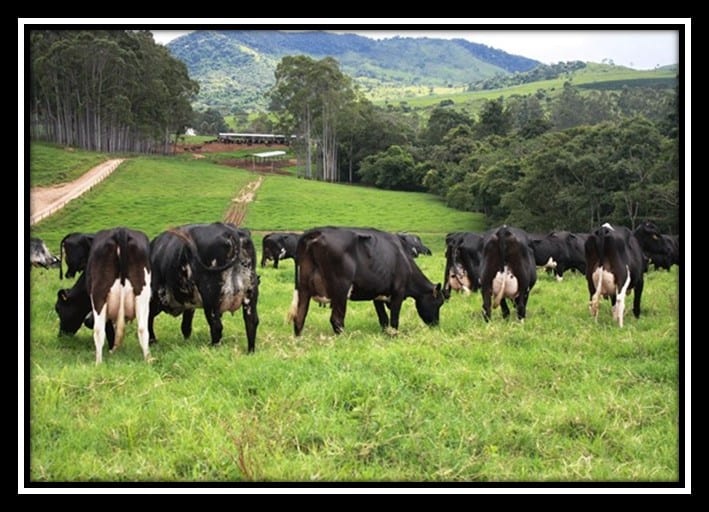
The Brazilian dairy industry has shown a fast growing rate and has potential to expand much more. The availability of land and feed resources and the demand of the internal market for dairy products have been driving forces for its growth. Dairying is a major source of jobs in the country, emphasizing the role of agriculture beyond human food supply. The number of Brazilian farms with milk sales as the major income source is around 1 million. A lot of young people are interested in the dairy sector and there is demand for well-prepared technicians. There is a large gap between the ideal and the average land, labor, and per cow productivity, intensification can have a large impact on efficiency. Around 80% of the dairy farms commercialize less than 50 L/d, although they represent only 25% of the milk supply. Evaluating mean statistics for the Brazilian dairy industry can lead to misleading conclusions. However, increasing the scale of production per farm is still a challenge.
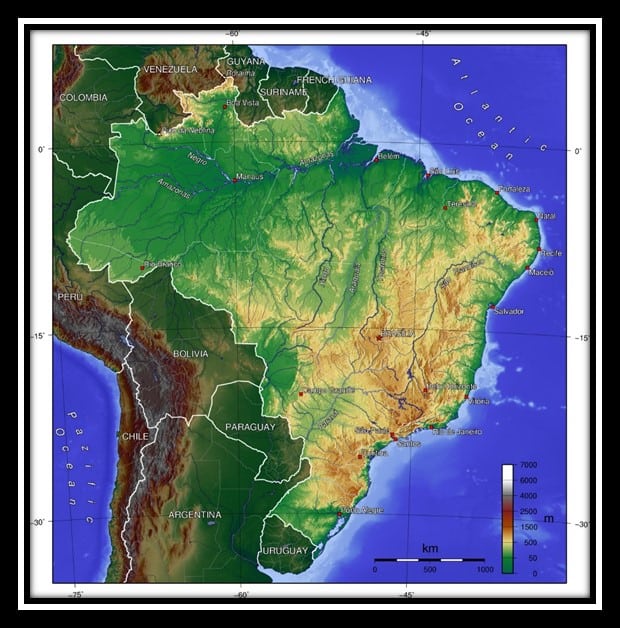
The central latitude of Brazil, defined as the Southeast and Center West regions, produces about 50% of the country milk supply. The Minas Gerais state is the major producer, responsible for about 30% of Brazilian milk. This region is characterized by a climate with defined dry and rainy seasons. Efficient dairying may be performed with intensively managed tropical grassland during the rainy season, fresh sugarcane as the dry season forage, and Zebu-Holstein crossbred cows at a high stocking rate (6-10 cows/ha). The sugarcane based biofuel program allowed for a high degree of technology usage for this high-energy content crop. However, the predominant option of the largest dairy farms has been for corn silage, confinement based systems, mostly using Holsteins in free stalls. Dealing with the rainy season heat and mud is not an easy task. There is large availability of byproduct feeds such as citrus pulp, soy hulls, whole cottonseed, wet brewers grains, corn gluten feed, wheat bran, and others. The South region of the country is also an important dairy area. In the south, temperate forages may be cultivated during the cold months and tropical forages during the warm months of the year. Although the North and Northeast regions are not as important to the country total milk supply, dairying is growing at the fastest rates in these new areas. Urban people demand for dairy products is driving the growth of the dairy industry in all regions, although the São Paulo state is by far the largest market of dairy products.

Since Brazil is a large country, the diversity in environment and farm milk price induces large variation in production systems, even within the same region. As a result, subsistence and large farm operations co-exist in the same area. Land and milk price vary, as well as the availability of land and labor. Intensive production systems prevail in some areas, whereas intensification is not a demanding feature of profitable operations in others. The competition with other activities (sugarcane, coffee, grain crops, industry, etc.) determines how intense land productivity needs to be. Producing more than 15t of milk/ha/year is required wherever land is a limiting factor; efficient farms produce more than 40t. Labor cost is also increasing over the years, inducing changes in the way farms are run. The emphasis in obtaining high milk yield per unit of area or per unit of hired labor has increased. High productivity of land or labor may be obtained both in confinement or in pasture based systems. The cost of producing milk on pasture or in confinement is similar, since both systems have concentrate feedstuffs as the major production cost, while forages represent at most 15% of the total production cost. The larger difference in these systems is the required facilities for confinement during the rainy and muddy season, diluted by a large production per cow (mostly at 7,500-10,000 kg/cow/year), compared to efficient pasture based systems (4,500-6,000 kg/cow/year). Milk production based exclusively on pasture has not been adopted, since there is availability of concentrates at reasonable price compared to the price of milk. Ration formulation should be a necessity in every dairy farm, although many still direct the usage of concentrates without the available technologic tools.
